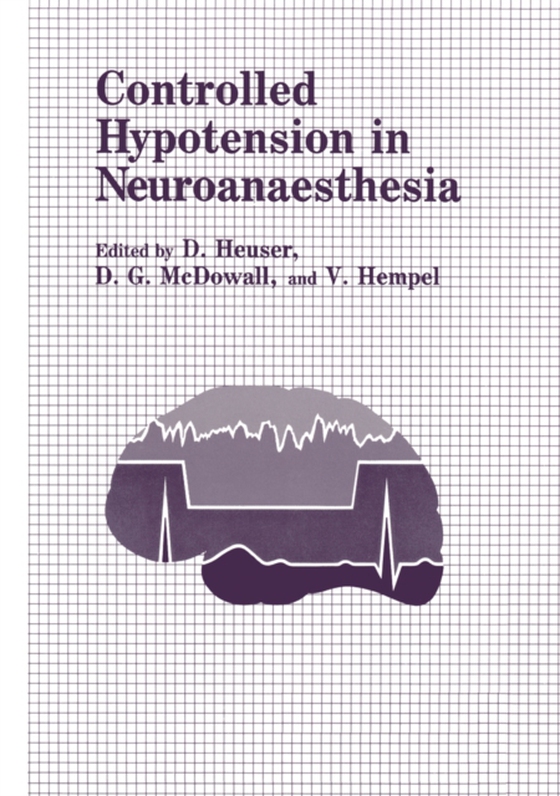
Controlled Hypotension in Neuroanaesthesia e-bog
436,85 DKK
(inkl. moms 546,06 DKK)
This book is based on the proceedings of a conference held in Tubingen, West Germany, in 1981, at which anesthesiologists, neuro- surgeons, pathologists and neurophysiologists met to consider the place of controlled hypotension in neurosurgery. In the first part of the book alternative methods of inducing hypotension are considered, and it is important to emphasize that the techniques which are...
E-bog
436,85 DKK
Forlag
Springer
Udgivet
6 december 2012
Genrer
Anaesthetics
Sprog
English
Format
pdf
Beskyttelse
LCP
ISBN
9781461324997
This book is based on the proceedings of a conference held in Tubingen, West Germany, in 1981, at which anesthesiologists, neuro- surgeons, pathologists and neurophysiologists met to consider the place of controlled hypotension in neurosurgery. In the first part of the book alternative methods of inducing hypotension are considered, and it is important to emphasize that the techniques which are suitable for neurosurgery may not be so for other types of surgery, and vice versa. In neurosurgery, and par- ticularly in aneurysm surgery, the emphasis is on lowering intra- luminal pressure and not mainly on reducing blood flow or limiting tissue oozing. Another special consideration in neurosurgery is the influence of drugs used to induce hypotension on intracranial pressure, with nitroprusside (NTP), and especially nitroglycerine, increasing ICP in the closed skull and increasing brain "e;bulk"e; when the skull is open. These and other points are extensively covered. The use of a non-essential technique like controlled hypotension demands that the procedure should carry minimal risk to the patient. Contributions in part IV consider the neuropathology associated with too severe a lowering of oxygen supply through hypotension. In the clinical avoidance of such ischemic changes in individual patients, monitoring of the brain electrical function is much the most import- ant and practical approach and is discussed in part III. The Editors hope that the publication of these contributions to the Tubingen Symposium will help in the effective and safe appli- cation of the technique of controlled hypotension in neurosurgery.
 Dansk
Dansk

